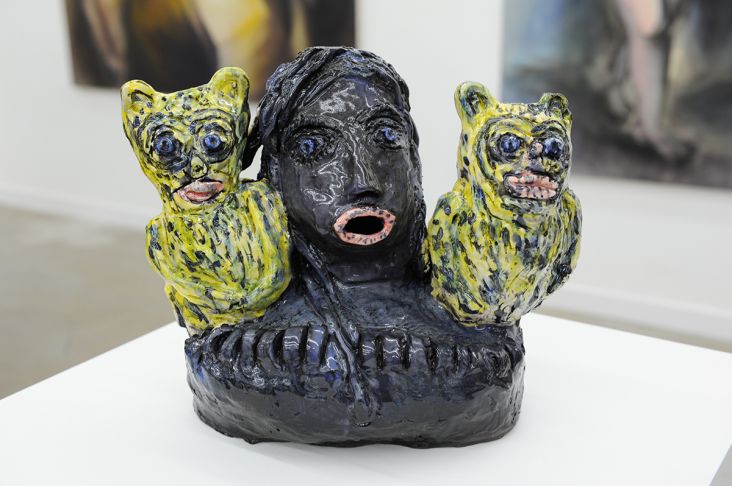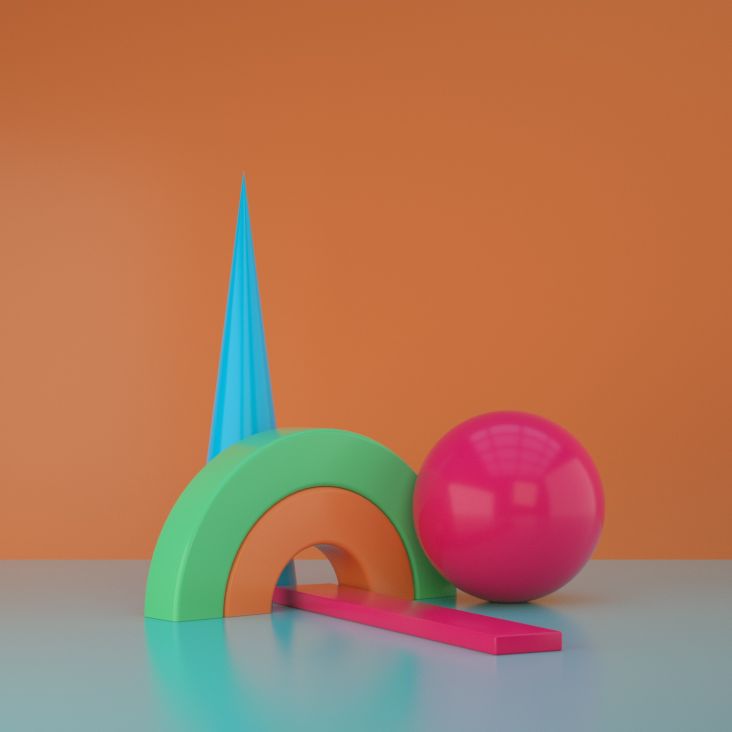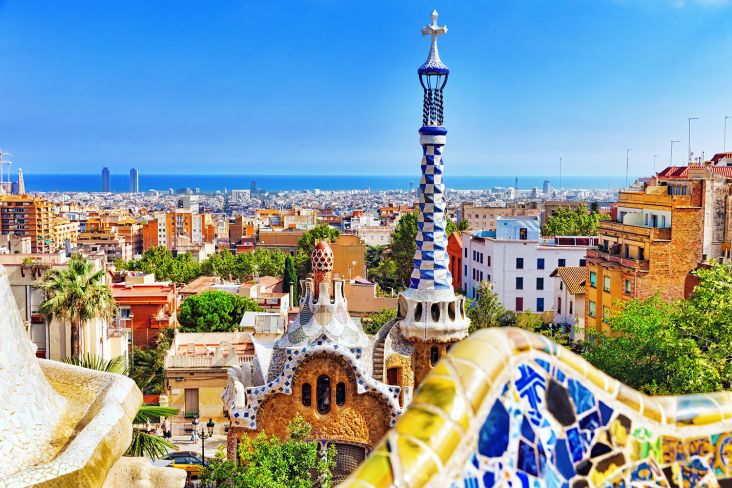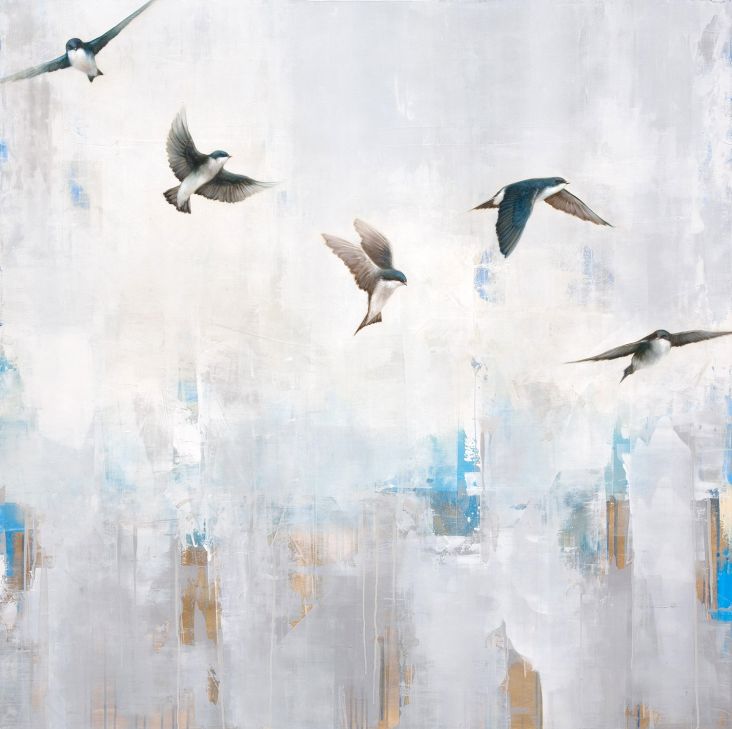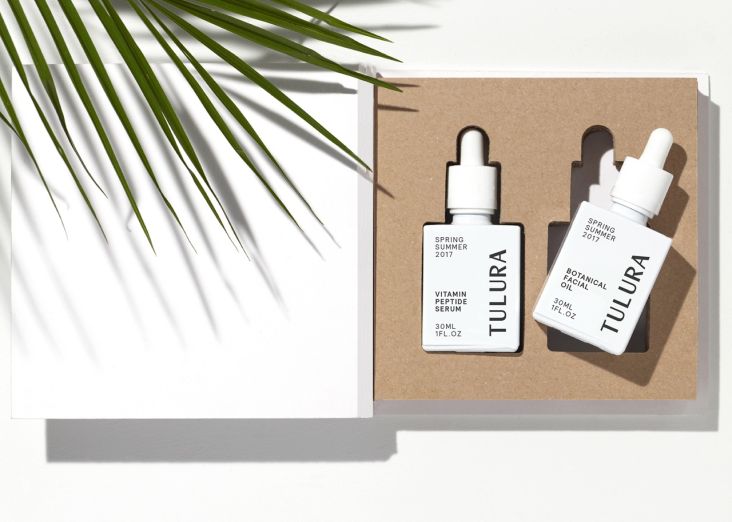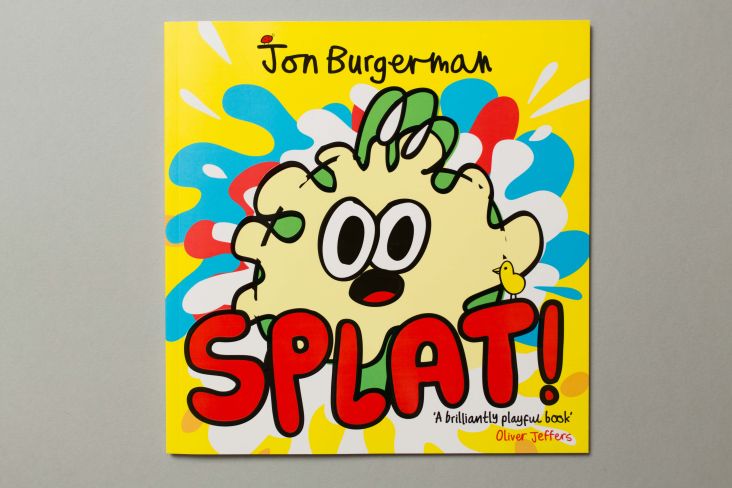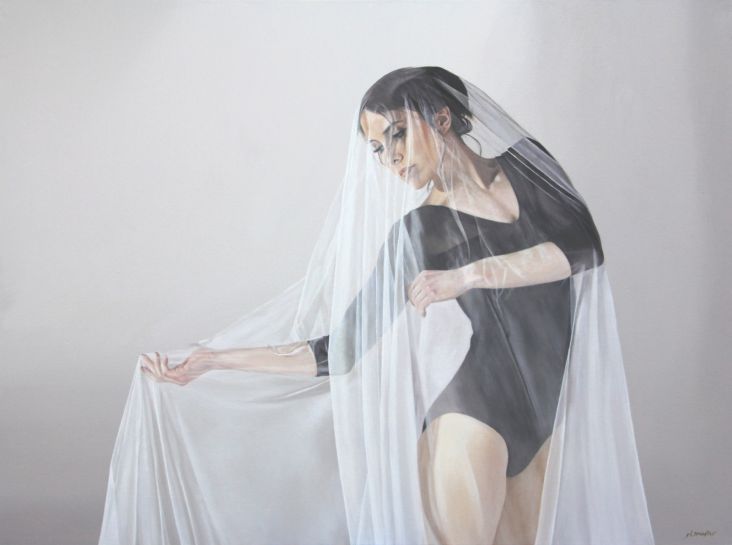Artist Angie Lewin on painting, printmaking and native plant life
Renowned printmaker, painter and designer Angie Lewin uses a range of techniques including linocut, wood engraving, and screen printing to produce her evocative art. Her work is inspired by the clifftops and saltmarshes of the North Norfolk coast and the Scottish Highlands, whose environments and flora she depicts in intricate detail.
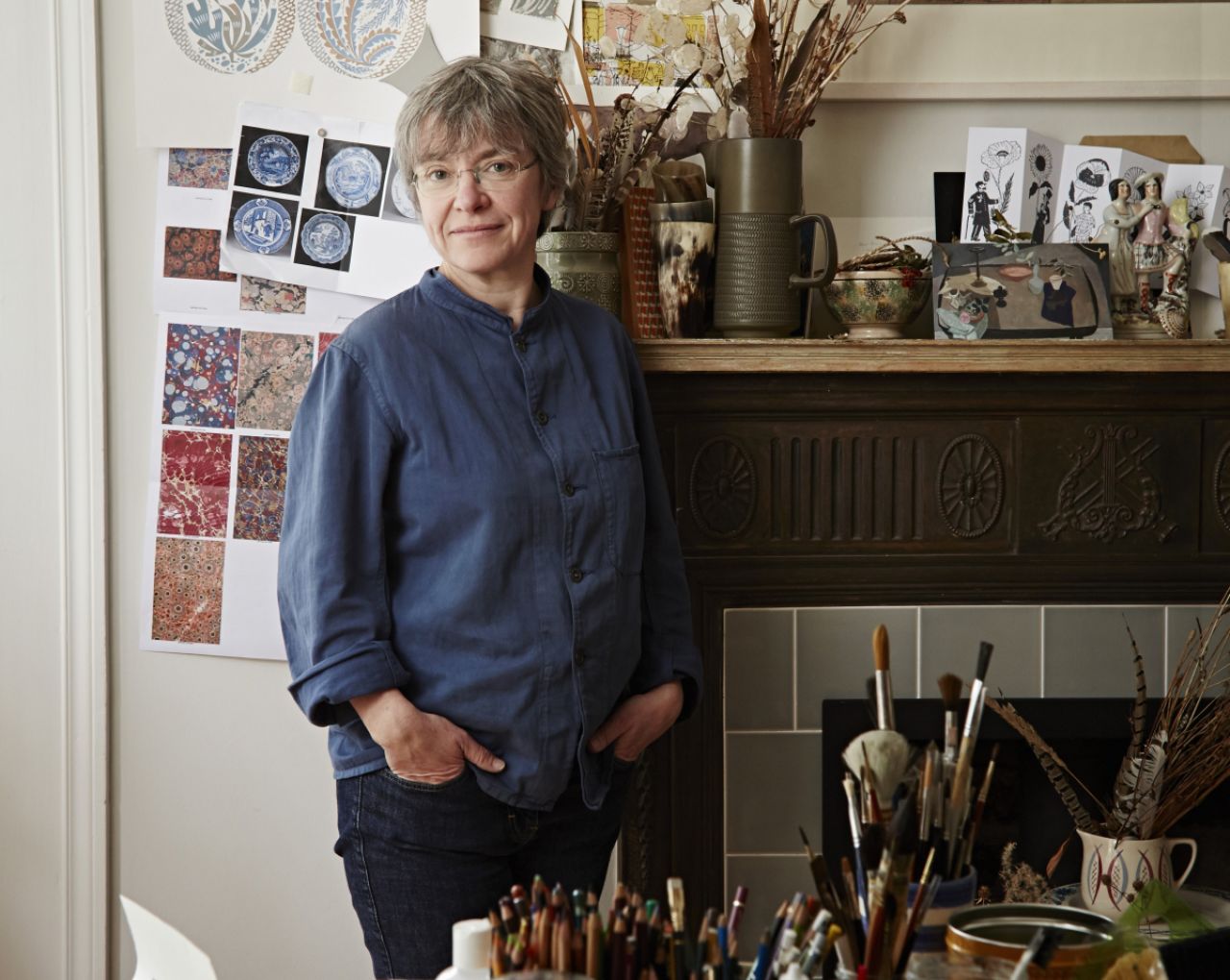
This year, she's become a curator too, developing an exhibition for Hampshire Cultural Trust, Angie Lewin: A Printmaker's Journey, which showcases works that have inspired and influenced her alongside her own art. In this interview, Lewin reveals her creative process, her inspirations and what she loves about her work.
Where does your love of British plant life stem from?
Walking and sketching have been something that I’ve always done. When I was very young, I'd go on sketching trips with my best friend, in the countryside surrounding the village where we lived in Cheshire.
Another influence was a project at primary school to study the wildflowers in the school grounds. We were each given a square frame about 50cm x 50cm. We laid it on the ground and were asked to name the different species growing within this small area.
I was fascinated by the huge variety of different plant species and insects. I’m sure that this instilled in me a need to be outdoors and to make a record of the landscape and plants around me.
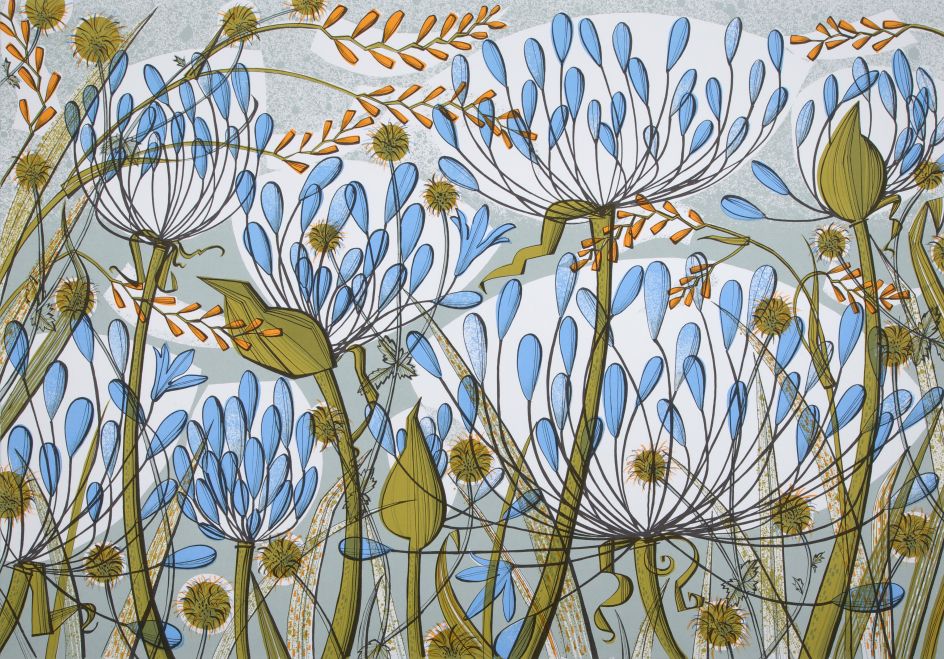
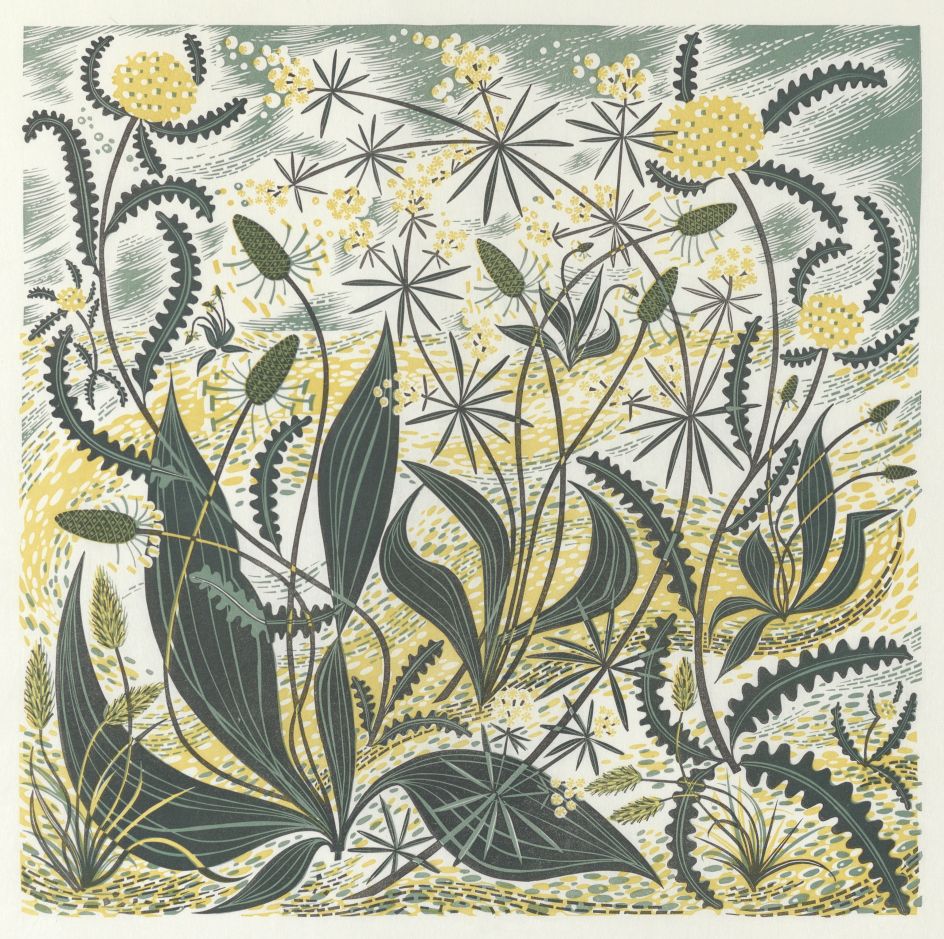
You’re known for the fine horticultural detail in your artwork. Why is that important to you?
I’ve always been attracted to native plants and those that are often considered to be weeds. The most insignificant plants can have the most incredible structures, which are just as exciting as the more exotic species. I don’t aim for botanical accuracy, but like to try to capture the essence of a plant.
I also like to study the plants in detail, to try to capture all the subtle variations within the same species. It’s easy to fall into the trap of becoming so familiar with your subject that you stop looking properly and develop a ‘shorthand’ way of depicting it. So I draw and redraw to ensure I see it afresh each time I create a new print or watercolour.
Which artists have most influenced your work?
I’m probably most influenced by artists who work as designers too. I trained in fine art but was given an illustration commission when I was still at college. I found applying my printmaking skills to different media exciting and a really enjoyable challenge. For this reason, artists such as Edward Bawden, Eric Ravilious, Henry Moore and John Piper have been important to me, as they applied their uniquely recognisable work to textiles, ceramics, and graphic design.
How do you choose which printmaking technique to use for a particular artwork?
This is always quite a hard question to answer. When I make a sketch, it somehow suggests the kind of print process that will look best. If I hope to create an intimate and detailed image, I'll probably create a wood engraving. But sometimes I might want to retain the shading and texture of my sketches and so would then work on textured clear film with lithographic crayons and inks to create artwork for a screenprint or lithograph.
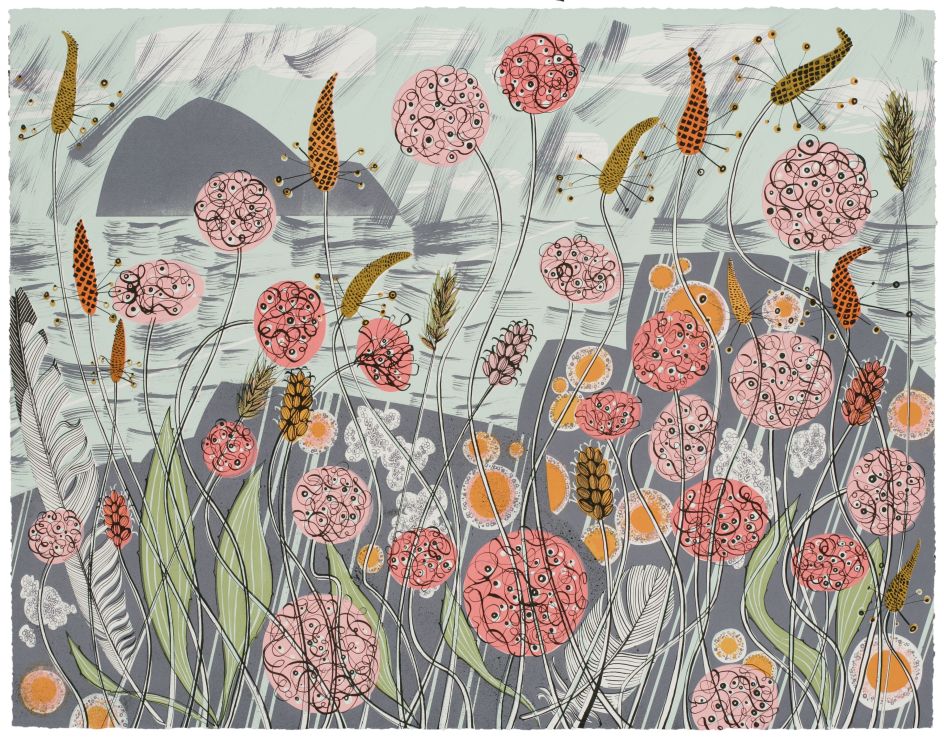
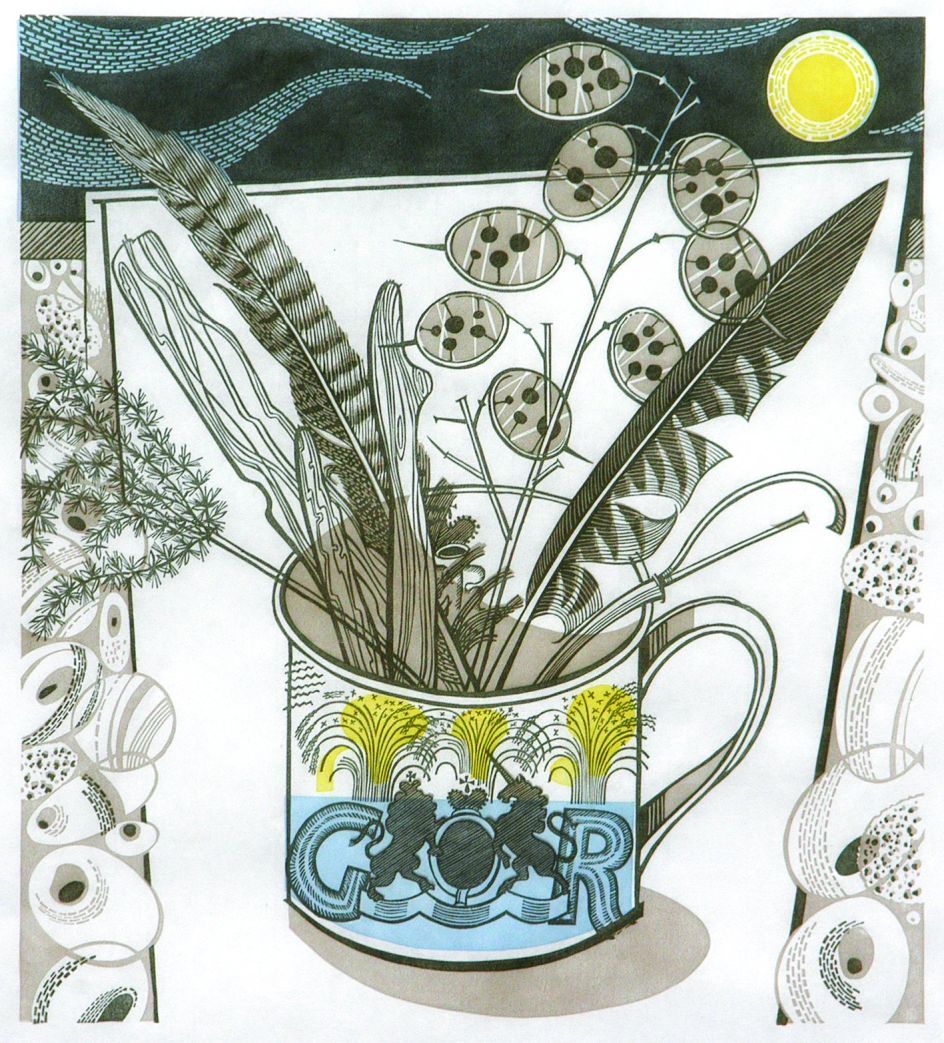
What's your process for creating a typical print?
Everything starts with a sketch, made either in the landscape or the studio from natural objects that I have collected. Often when I’m sketching, I’m already subconsciously limiting the number of colours. With linocut, I usually limit myself to five colours, but as I use transparent colours these will often overlay each other to create further colours.
This is a key aspect of printmaking, as each colour requires a separate block to be cut or film to be drawn. I'll then draw up a rough sketch the same size as the planned print and use this a guide for the first colour. In the case of a linocut, I will then draw on the first block and cut this.
The proof from this will then be used to inform how I will draw and cut the next block, and so on. Once I have created a proof with all the colours and with the image as I want it, I will then edition it.
What do you see as the key ingredients of a good exhibition?
I think the exhibition visitor should be taken on a journey through the way an artist both thinks and works. It's also good to see changes of scale, and key pieces are important to create punctuation points in the space. Above all, I think it's important that the visitor might discover something new and unexpected from an artist that they might be very familiar with.
A Printmaker’s Journey is a very personal selection: did that make it easier or harder to curate?
Curating A Printmakers Journey is very different to an exhibition that I’ve been involved with before. Usually, I simply exhibit my own work, whether that's prints, watercolours, collages or a selection of each. In this case, I’m choosing work from throughout my career, so it's been quite hard to decide what best reflects the way that my work has developed.
The earliest piece is a linocut from 1994 and the most recent from 2016. I’ve included fabrics and wallpapers too. I’m also exhibiting work by artists and designers that have inspired me over the years. It’s an exciting challenge to bring all these 2D and 3D elements together.
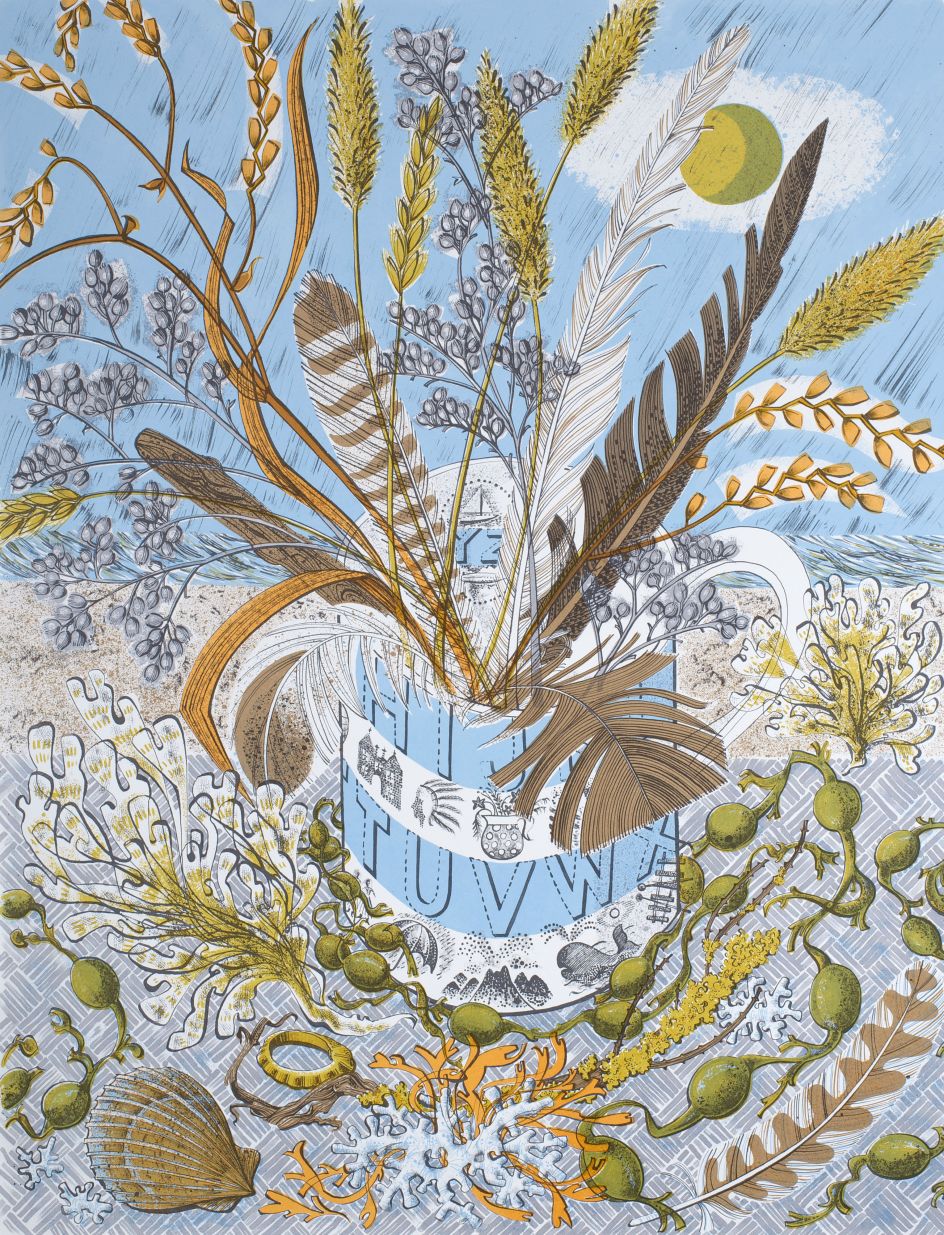
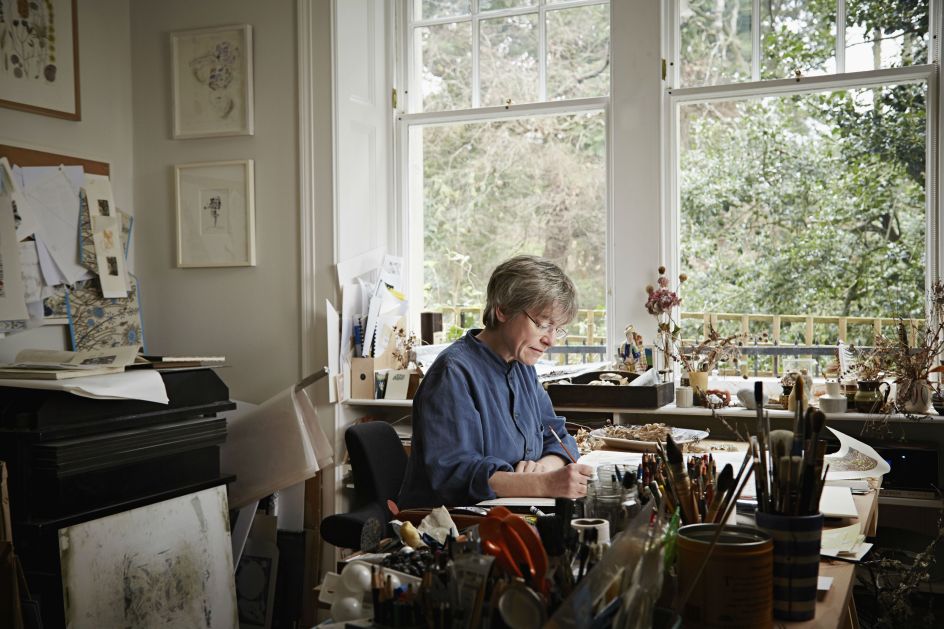
Photo credit: Alun Callender
What are the biggest challenges you’ve had to overcome to get where you are today?
I don’t really feel that there have been challenges as, like many artists, I’ve always enjoyed working and the discipline of creating work for exhibitions.
However I think that, as I do cross the line between the gallery world and the design world, it's important for me to retain my recognisable style and subject matter.
I still want to create watercolours and prints that are based on observing plants in the landscape, and so I try to balance the time I spend in the studio with the time spent outdoors.
If you could have a conversation with your younger self, what would you tell her?
I enjoyed art school enormously, and did work very hard. However, I didn’t really find out about how interesting my tutors’ work was until several years after I’d left. I wish I could go back and ask them more about their own work and inspirations.
'Angie Lewin: A Printmaker's Journey' will be on show at The Gallery, Winchester Discovery Centre until 30 April 2017, before travelling to the Sainsbury Gallery, Basingstoke (6 May-19 July) and St Barbe Museum & Art Gallery, Lymington (16 Sept-11th Nov).




 by Tüpokompanii](https://www.creativeboom.com/upload/articles/58/58684538770fb5b428dc1882f7a732f153500153_732.jpg)


 using <a href="https://www.ohnotype.co/fonts/obviously" target="_blank">Obviously</a> by Oh No Type Co., Art Director, Brand & Creative—Spotify](https://www.creativeboom.com/upload/articles/6e/6ed31eddc26fa563f213fc76d6993dab9231ffe4_732.jpg)








